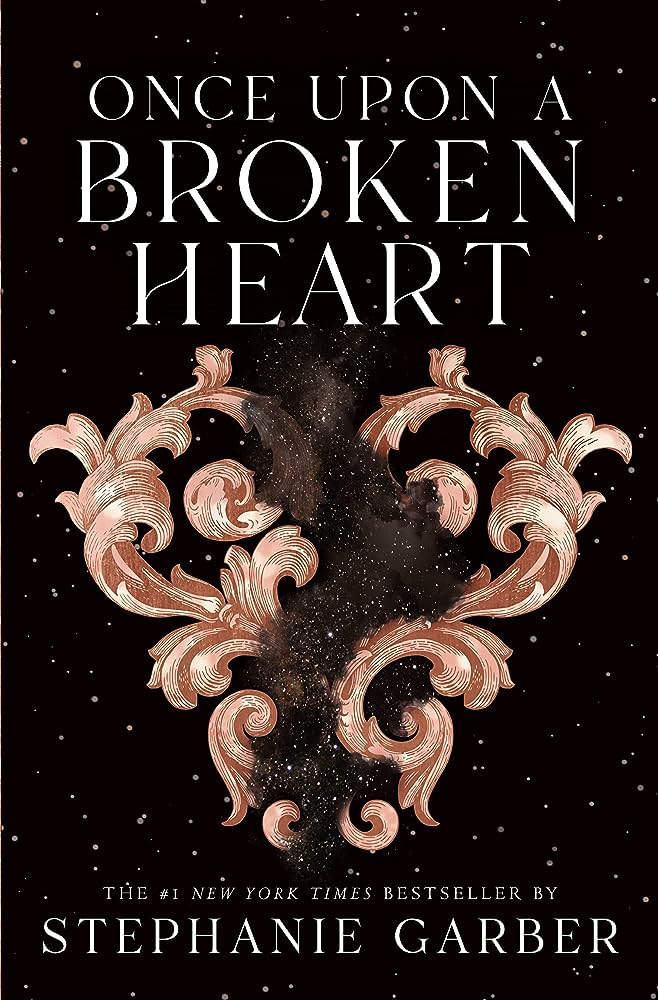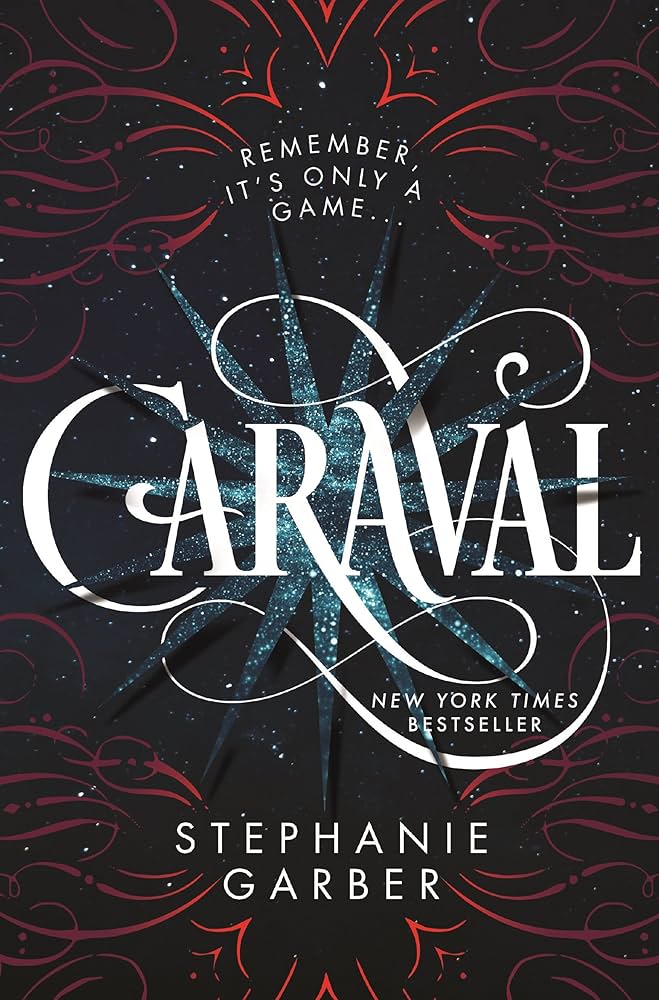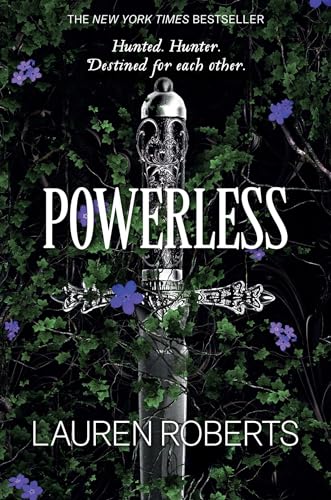The tingling on your skin, the hair on your arms and legs standing straight up, the confusing rush of emotion, these aren’t all coincidental reactions; they are all responses your brain generates. Welcome to the intersection of music and the psyche.

Book Reviews, Recommendations and so much more
The Neuroscience of Music: Why Certain Songs Give Us Goosebumps The tingling on your skin, the hair on your arms and ...
Why Do We Yawn—And Why Is It Contagious? Yawning. The messenger of sleep deprivation. You can’t run from it. Yawning ...
READefining Futures: Read, Write, Rise Hi there, my name is Cyra Aggarwal. I’m a 15-year-old writer, book blogger, and ...
Author Interview: The Literary Spotlight with Author Ben C. Davies I’m so excited to welcome the insightful and ...
The tingling on your skin, the hair on your arms and legs standing straight up, the confusing rush of emotion, these aren’t all coincidental reactions; they are all responses your brain generates. Welcome to the intersection of music and the psyche.
Yawning. The messenger of sleep deprivation. You can’t run from it. Yawning is something we’ve all done, whether it’s mid-conversation, in class, or even after seeing your friend do it; it’s a natural phenomenon. Yawning is such a tiny, instinctive act that we all do every day, but it rarely prompts anyone to pause and question it. Why in the world do we yawn? Is it our body telling us that it’s tired? Is it just a silly way our brain mimics others’ yawning? Why do we yawn automatically when seeing somebody else yawn?
READefining Futures combines everything I love—storytelling, supporting those in need, and amplifying youth voices—and blends it into one mission: to empower underrepresented youth by increasing access to inspiring books and creating platforms for their stories to be heard.
My motto is Read, Write, Rise.
I’m so excited to welcome the insightful and thought-provoking author Ben C. Davies to author interview series The Literary Spotlight! Ben C. Davies is the author of And So I Took Their Eye, a compelling debut collection set to be released on July 17 by Bridge House.
Author Interview: The Literary Spotlight with Author William J Bruce III I’m thrilled to welcome the talented Canadian writer and producer William J. Bruce III to The Literary Spotlight! William J Bruce III is a Canadian writer, producer and celebrity…





Copyright © 2025 The Literary Vault